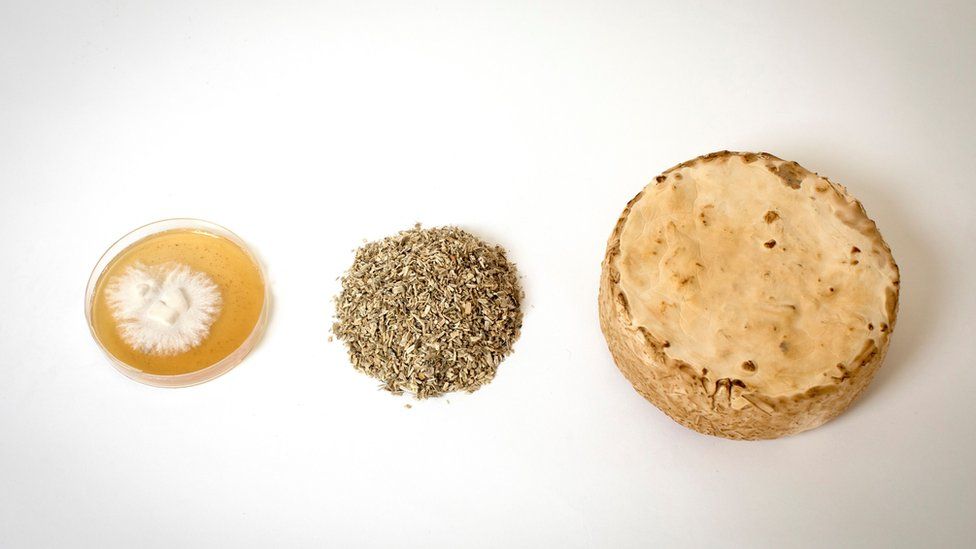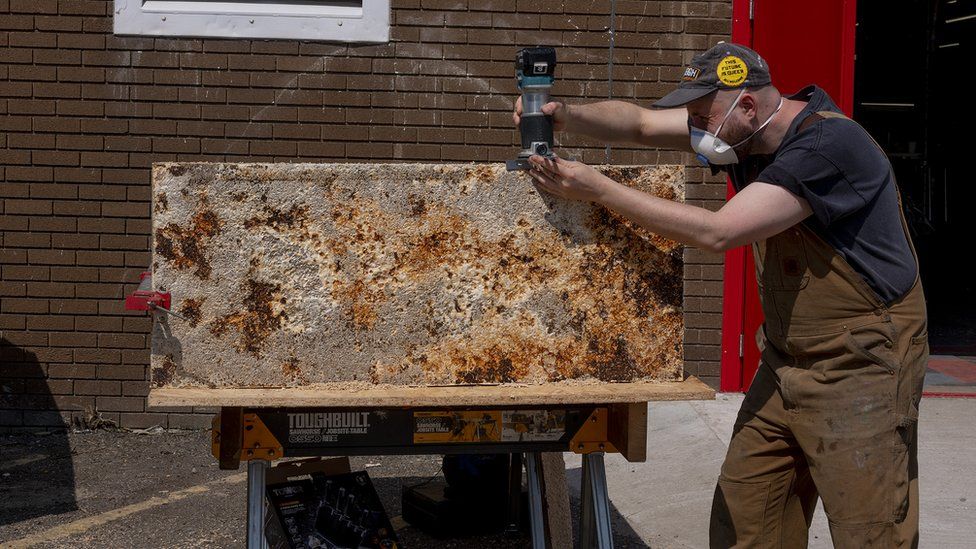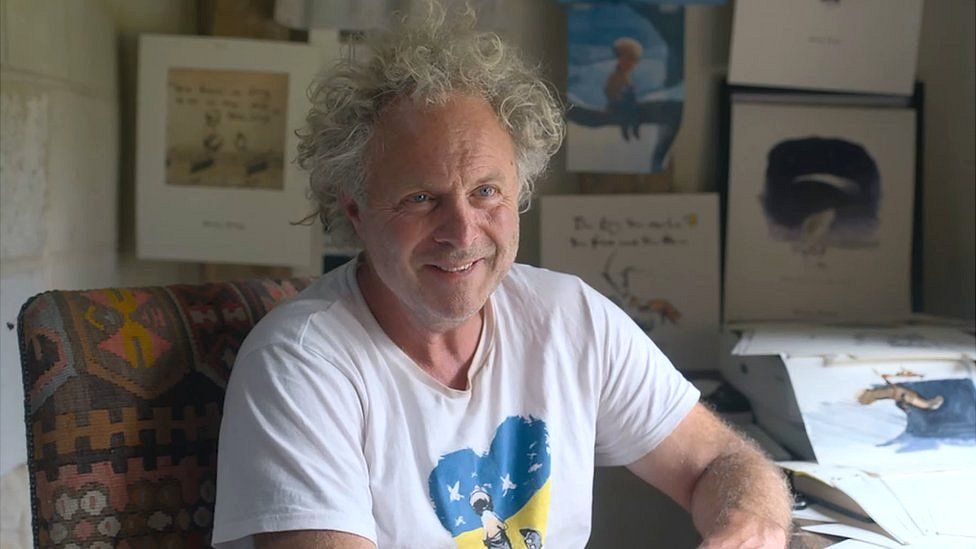At the Glastonbury Festival, a new pavilion constructed from mushroom roots has been built.
The 6° project, which was unveiled by the Silver Hayes team, seeks to examine how roots might be utilized more frequently in the creative industries.
The Hayes Pavilion, which is shaped like the number 6, symbolizes how people are related to one another.
"Festivals are micro cities; what happens on this scale can provide insight into society," project leader Ben Price said. ".
The festival's Silver Hayes, which features electronic music and up-and-coming artists, celebrates its tenth birthday and evolution in the Hayes Pavilion.
One of the first music festivals to feature a mycelium-based pavilion will be Glastonbury.
The pavilion is supported by timber frames, and its mycelium-based renders are made of fungi's root system.

Mycelium roots come in hundreds of different varieties, but Mr. Price explained that his team had selected one that adheres well to agricultural waste.
However, in the future, this might be applied to other kinds of waste, like plastic. ".
Teams from Central St Martins, the Royal College of Art, and Bath Spa University worked on the project, along with teams from the film, television, and set design industries.

The project's inspiration, according to Mr. Price, was "six degrees of separation.".
"Everyone is linked to one another in a similar way to how underground mushroom roots are connected by mycelium. People are unaware of the influence this material has on our sector; he claimed that it has the power to transform society in a variety of ways.
"A lot of big musicians who later played on the major stages at Glastonbury debuted at Silver Hayes. With our ideas, we sought to reflect that. ".

Since mycelium is biodegradable, a current research project aims to determine how long the pavilion can be kept intact.
The Silver Hayes team claims that although they are aware of the detrimental effects that festivals have on climate change, such as excessive waste, they still want to effect change.
Pauline Bourdon, the project's sustainability lead, said: "What is different with festivals and the mycelium project is the potential to learn about and test out new behaviors.
"You can advance a great deal of social and environmental awareness when you combine new ideas with that wonderful sense of community and music. ".

Through an exhibition, the pavilion will present research findings that demonstrate how mycelium can replace plastics and polystyrene in the festival industry. .
At the project's conclusion, after Glastonbury Festival, a documentary will be made available.
Academic and musician Brian d'Souza (Auntie Flo) and Manchester's rising star Or:La will perform immersive sound art compositions in the mycelium pavilion.
Festival goers can visit Project 6° from June 22 through June 25.







